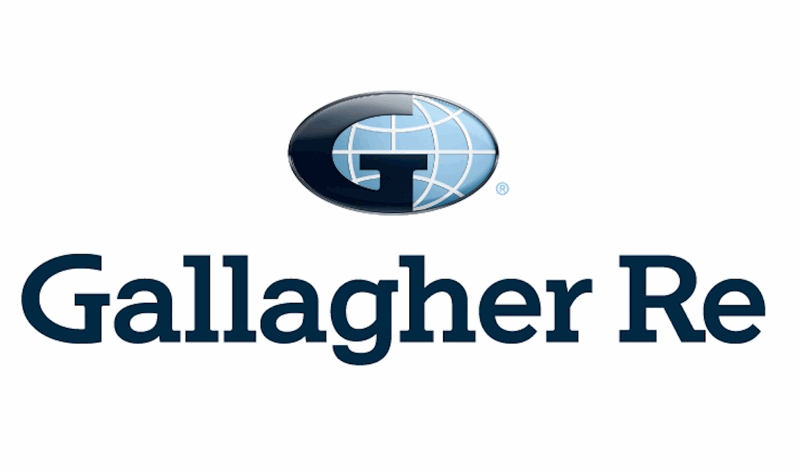In the global retrocessional reinsurance market, the availability of aggregate covers had been shrinking for some time, but at the January 2023 renewals aggregate retro capacity supply shrank further, while the terms of protection continued to become more restrictive, broker Gallagher Re has said.
 Aggregate retro became the bellwether protection product for many reinsurance companies and Lloyd’s syndicates through the 2010’s.
Aggregate retro became the bellwether protection product for many reinsurance companies and Lloyd’s syndicates through the 2010’s.
As the reinsurance market softened, increasingly aggregate retro was seen as a good way to protect the balance-sheet from volatility.
But, as terms of coverage broadened as well, retro capital providers seemed to take on exponentially more risk, for dwindling returns, leading reinsurers to reply on the product.
Some have blamed the availability of cheap retro for lulling reinsurance companies into a false sense of security and causing some to forget how to manage their businesses with higher retentions and far more selective hedging.
But the market is adapting to this and in 2023, retro is seemingly less available in broad aggregate formats than ever.
“Aggregate capacity remains in very short supply with few remaining sellers,” Gallagher Re explained.
Of those that do remain they are “looking to manage attritional loss activity by way of peril restrictions,” meaning that the aggregate limit that is available, is “typically sold on a 2nd/3rd event basis.”
Retro and reinsurance protection buyers had got used to a “market willing to provide attractive terms with plentiful occurrence and aggregate capacity,” James Kent, Global CEO at Gallagher Re said.
But now, it is a story of “increased retentions and restricted coverage,” Kent said, which means protection buyers have to learn how to manage their exposures, net retentions and make intelligent use of what hedging and retro opportunities are available.
Even in Europe at the January renewals, there were rate increases as high as +100% for loss affected and aggregate covers, Gallagher Re reported.
“Bottom end aggregate cat covers were in a true hard market situation,” the broker explained with some renewals failing to complete as a result.
The January renewals saw a major restructuring of aggregate protection, at the reinsurance and retrocession level.
This was following on from changes seen at the mid-year 2022 renewals, where retro aggregate coverage moved towards clearly named perils, plus second and third event type covers.
Many reinsurers and some ILS funds backed away from retro aggregates at 1/1 2023, our sources said.
There is a desire to keep the product offering far cleaner than it had become, to remove the ambiguity experienced and also to keep a clearer focus on the main modelled peak and named catastrophe perils, rather than all-encompassing annual aggregates that cover losses from many unmodelled severe weather perils as well.
Still, while retro capacity overall was constrained, there was meaningful capacity available to those seeking an aggregate retro protection at 1/1, as long as the buyers were willing to adhere to much tighter terms and higher retentions.
Interestingly, on an indexed basis, Gallagher Re notes that retrocession capacity was sometimes more favourably available to buyers, if they were willing to be more flexible on collateral terms, another key point for some ILS markets that worked hard to change the terms on collateral trapping at 1/1.
Finally, aggregate retro reinsurance capacity does remain available via the catastrophe bond market.
RenaissanceRe’s recent Mona Lisa Re Ltd. (Series 2023-1) cat bond, Sompo International’s Sakura Re Ltd. (Series 2022-1) cat bond and Fidelis’ Herbie Re Ltd. (Series 2022-1) cat bond, all provide their sponsors an industry loss triggered aggregate retro cover.
Again, the terms are more restrictive than could have been bought twelve months earlier, while the pricing is higher.
But, the ILS market has worked hard to keep retro aggregate protection available and also, importantly, useful to its buyers.
It will be interesting to see how the aggregate retrocession offering develops over the course of the next year, as it feels like an important shift that may mean buyers can’t lean on it so much, but may rely on the more tightly controlled volumes available for protection against aggregations of really major catastrophe events. Just what it was designed for, many would say.
 View all of our Artemis Live video interviews and subscribe to our podcast.
View all of our Artemis Live video interviews and subscribe to our podcast.
All of our Artemis Live insurance-linked securities (ILS), catastrophe bonds and reinsurance video content and video interviews can be accessed online.
Our Artemis Live podcast can be subscribed to using the typical podcast services providers, including Apple, Google, Spotify and more.































